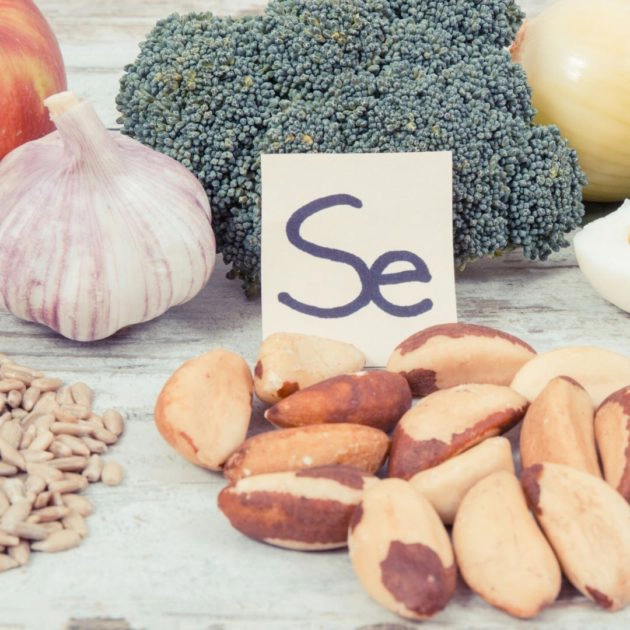Introduction
Are you among the many women over 40 suffering from rheumatoid arthritis pain? If so, you may be interested to know that some researchers believe capsaicin, the active ingredient in chili peppers, may help reduce RA symptoms.
When you think of spicy foods, chances are your first thought isn’t “healthy.” But the truth is, there’re so many health benefits you can get from eating foods that pack a flavorful punch. In fact, studies have shown that eating spicy foods can be particularly beneficial for women over 40 who suffer from rheumatoid arthritis. Here’s a closer look at why spicy food is good for rheumatoid arthritis and how you can incorporate more of it into your diet.
Capsaicin for RA Relief
Capsaicin is the substance that gives chili peppers their characteristic heat. Capsaicin works by blocking substance P, a neuropeptide that plays a role in transmitting pain signals to the brain. This organic compound has been used for centuries in topical treatments for pain relief.
In addition to capsaicin, chili peppers contain high levels of antioxidants, which are known to protect against cell damage caused by inflammation. These health-promoting compounds may also help reduce the risk of some chronic diseases, such as heart disease and type 2 diabetes. More recently, scientists have been investigating capsaicin’s possible benefits for RA sufferers.
One study, published in 2006 in the journal “Arthritis & Rheumatism,” found that capsaicin may help relieve joint pain and stiffness associated with RA. In the study, 45 RA patients were given either a placebo or a 0.025% capsaicin cream to apply to their joints three times daily for four weeks. At the end of the treatment period, those in the capsaicin group reported significant improvements in pain and stiffness, compared to those in the placebo group.
Another study, published in 2009 in “Clinical and Experimental Rheumatology,” found that a diet rich in Capsaicin could help reduce RA symptoms. In this study, rats with RA were fed either a regular diet or a diet supplemented with 0.2% capsaicinoids (the class of compounds to which capsaicin belongs). After eight weeks, those rats who had received the capsaicinoids had significantly less inflammation and joint damage than those on the regular diet.
Capsaicinoids are found not only in chili peppers but also in bell peppers, paprika, and certain other fruits and vegetables. So if you’re looking for a way to add some spice to your life—and potentially reduce your rheumatoid arthritis pain and stiffness—include these foods in your diet. Just remember to start slowly; too much capsaicin can cause stomach upset.
How to Incorporate More Spicy Foods Into Your Diet
If you’re not used to eating spicy foods, you don’t need to go overboard—start with a small amount and gradually increase it over time. Here are some easy ways to add more spice to your meals:
- Add a few slices of fresh jalapeño or serrano pepper to your sandwich or salad.
- Mix diced green chilies into scrambled eggs or omelets.
- Top pasta or pizza with crushed red pepper flakes.
- Stir diced tomatoes with green chilies into soups and stews.
- Use salsa as a dipping sauce for grilled meats or vegetables.
- Make a homemade seasoning blend with chili powder, cumin, smoked paprika, and garlic powder to use on roasted chicken or fish.
- Experiment with different chili peppers—such as habanero, cayenne, or Thai chili peppers—to find the level of spice that suits your taste buds best. You can also adjust the amount of spice in a dish by seeds…the more seeds you include, the spicier the dish will be!
A Word of Caution
Although research suggests that capsaicin may help relieve RA symptoms, it’s important to remember that this substance can also cause skin irritation and other side effects. If you’re considering using topical capsaicin for rheumatoid arthritis pain relief, be sure to talk to your doctor first; she can advise you on whether this remedy is the one for you and help you find a product that’s ideal for your situation.
Conclusion
Including more spicy foods in your diet is a simple way to help manage rheumatoid arthritis pain—and it may even have some other health benefits as well. If you’re looking for a natural way to ease rheumatoid arthritis pain, capsaicin—a substance found in chili peppers—may be worth trying.
Capsaicin has been shown to relieve pain and stiffness associated with RA, and it may also help prevent joint damage caused by this chronic condition. However, it’s important to use caution when trying this remedy; too much capsaicin can cause stomach upset and skin irritation. Talk to your doctor before using any product containing this substance, so she can advise you on whether it’s safe and appropriate for you.
If you’d like more personalized support in managing your RA, apply for an Autoimmune Breakthrough Session to see if individualized nutrition counseling might be a good fit for you.


